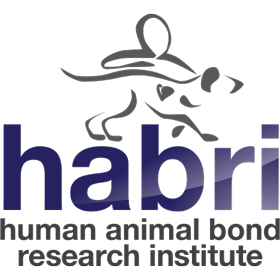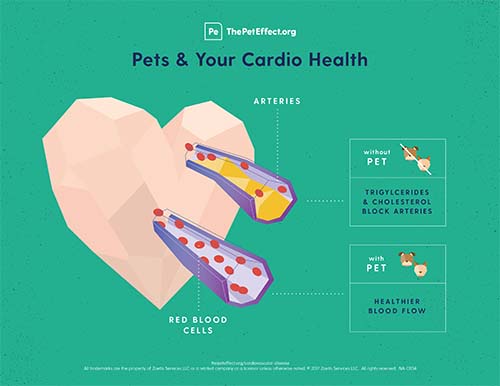Principal Investigator
Rationale
Parkinson’s disease (PD) is a chronic, neurodegenerative condition characterized by resting tremors, muscle rigidity, and bradykinesia, which can alter posture, balance, and gait. Equine-assisted therapy (EAT) may be an effective, alternative intervention to treat the motor symptoms of PD. The interaction of the equine with the rider may elicit greater improvements in physiologic outcomes when compared to riding on a simulator that mimics horse movement. The purpose of this study is to compare bradykinesia severity and functional outcomes before and after 8 weeks of EAT in adults with PD. A second purpose is to characterize the human-animal interaction during EAT sessions in adults with PD.
Objective
The first objective is to compare bradykinesia severity between equine-assisted therapy and simulated horseback riding in adults with PD. We hypothesize that adults with PD who undergo EAT over 8 weeks will have improved bradykinesia symptoms when compared to adults with PD who undergo simulated horseback riding (SHBR). The second objective is to compare motor and functional outcomes between equine assisted therapy and simulated horseback riding in adults with PD. We hypothesize that adults with PD who undergo EAT over 8 weeks will have improved motor abilities, gait, and balance when compared to adults with
PD who undergo SHBR. The third objective is to characterize the human-animal interaction during equine assisted therapy in adults with PD.
Hypothesis
Researchers hypothesize that the human-behavior score, animal-behavior score, and total human-animal interaction scores will be higher in adults with PD who undergo EAT over 8 weeks when compared to the typical averages reported. These averages were calculated from a number of participants in environments in which various human-animal interactions occurred.
Design
Thirty men, ages 40 to 80 years with a diagnosis of PD, will be randomly assigned to participate in EAT or SHBR, performed twice per week for 8 weeks. Participants will also attend testing sessions: a) 8 weeks before; b) immediately before; c) 4 weeks into; d) immediately after; e) 8 weeks after the intervention, and; f) 16 weeks after the intervention.
During each testing session, all participants will: a) perform handwriting tasks, to assess bradykinesia severity; b) complete the motor portion United Parkinson’s Disease Rating Scale; c) walk at a self-selected pace, to measure spatiotemporal parameters of gait, and; d) have balance assessed using the Fullerton Advanced Balance Scale.
Scores from the Human-Animal Interaction Scale will also be recorded during EAT sessions. Several repeated measures, 2 (treatment group) by 6 (time) mixed-design ANOVAs will be used to examine changes across the six time points between the EAT and SHBR groups. The significance level will be set at .05.
Expected Results
There will be decreased bradykinesia severity, and improved posture, balance, gait, and motor symptoms of PD in those that participate in EAT when compared to participants who undergo SHBR.




